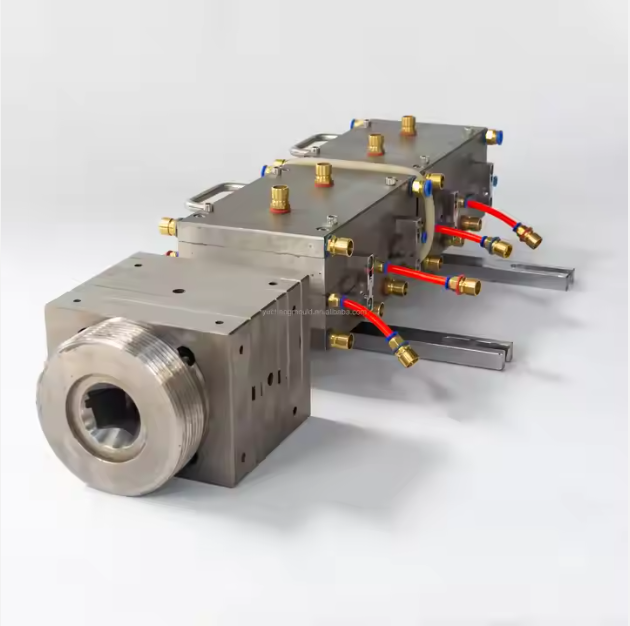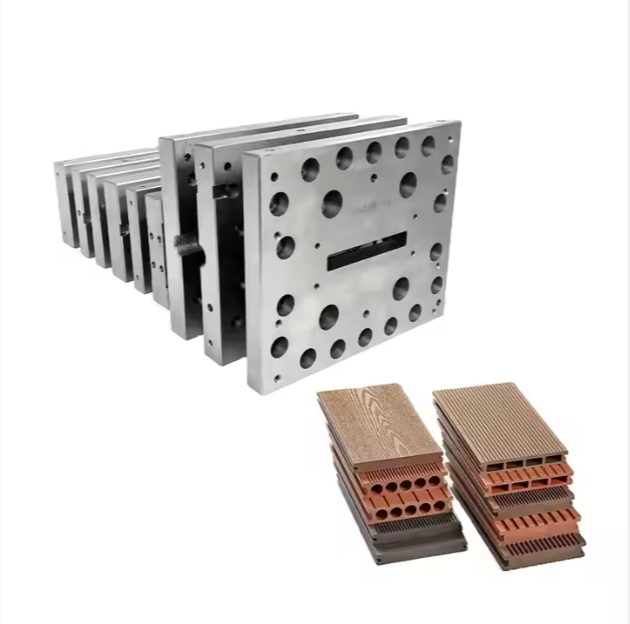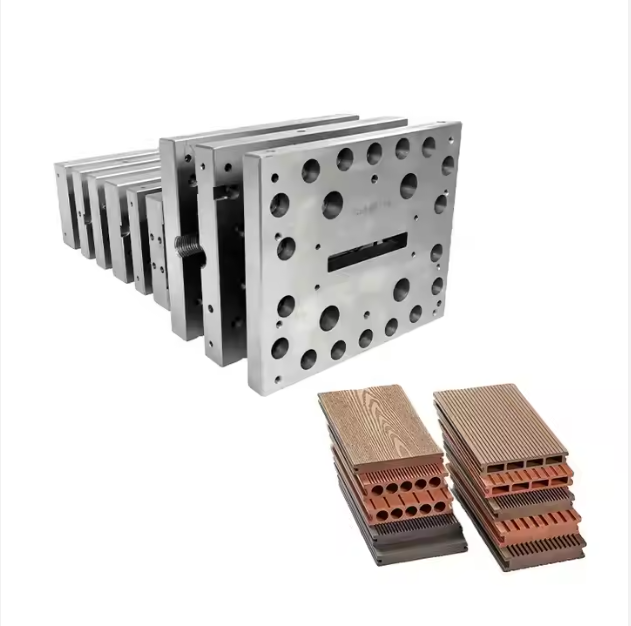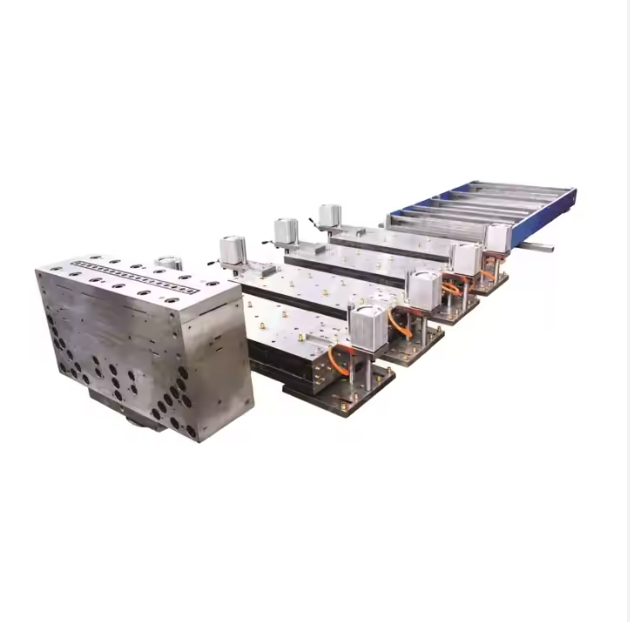How Do PVC Extrusion Moulds Improve Energy-Efficient Building Materials?
In today’s U.S. market, energy efficiency is no longer just a buzzword—it’s a necessity. From homeowners looking to cut utility bills to construction companies chasing green certifications, the demand for energy-efficient building materials is growing fast.
But here’s something many don’t realize: PVC extrusion moulds play a huge role in shaping those products.
PVC in Modern Construction
PVC is widely used in:
-
Window frames
-
Door profiles
-
Wall panels
-
Sealing strips
These products contribute directly to insulation, air tightness, and durability. A high-quality extrusion mould ensures these profiles fit together seamlessly, preventing energy loss.
How Extrusion Moulds Improve Performance
-
Tight Tolerances – Proper mould design ensures windows and doors close perfectly, reducing air leakage.
-
Multi-chamber designs – Profiles with hollow chambers trap air, boosting insulation.
-
Smooth surfaces – A clean finish makes sealing more effective.
-
Co-extrusion options – Rigid PVC base + soft sealing lips for better air and water tightness.
Without precise moulds, even the best PVC formula won’t deliver energy savings.
Real Example
One U.S. client in the Midwest switched to a custom PVC window mould designed with multiple chambers. The result? A 25% reduction in heating loss during winter testing. That’s real savings for end users.
Why Work with a Chinese Supplier?
Factories like Hubei Junhui Mould offer:
-
20+ years of extrusion die design
-
Custom window & door moulds for U.S. standards
-
Advanced cooling and venting for complex profiles
-
Fast delivery and cost-effective solutions
This allows American builders to stay competitive in the eco-friendly construction trend.
Energy efficiency starts at the design stage. With the right PVC extrusion mould, your products don’t just look good—they perform better, last longer, and help meet sustainability goals.







